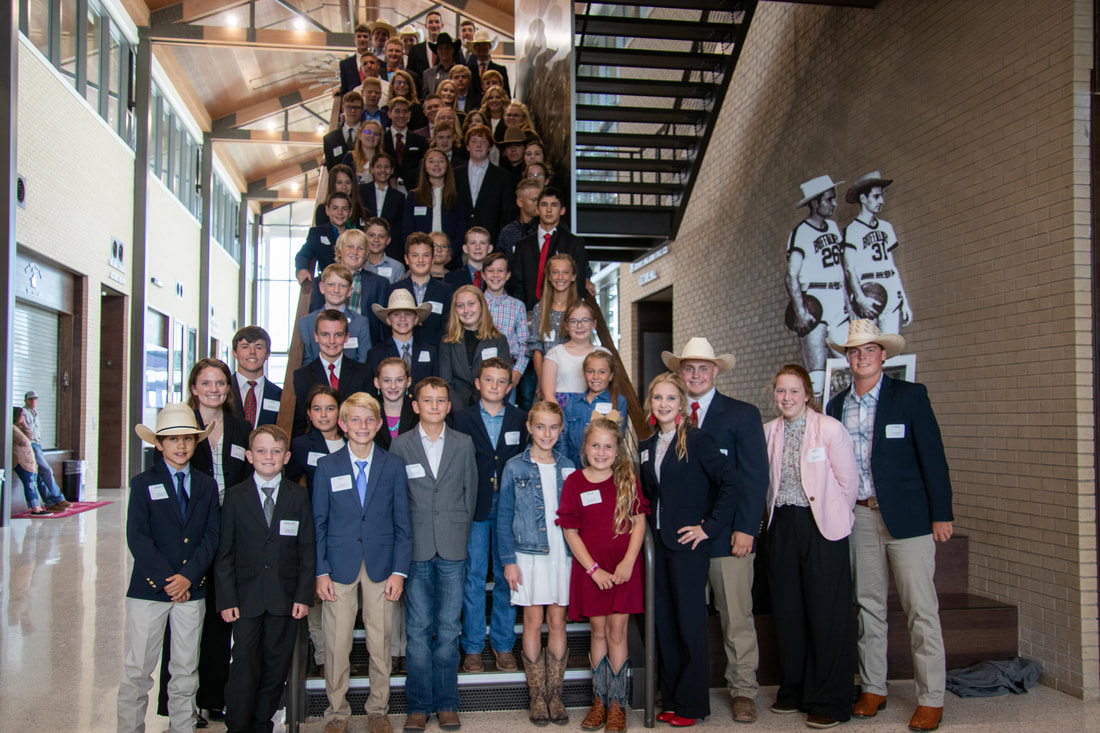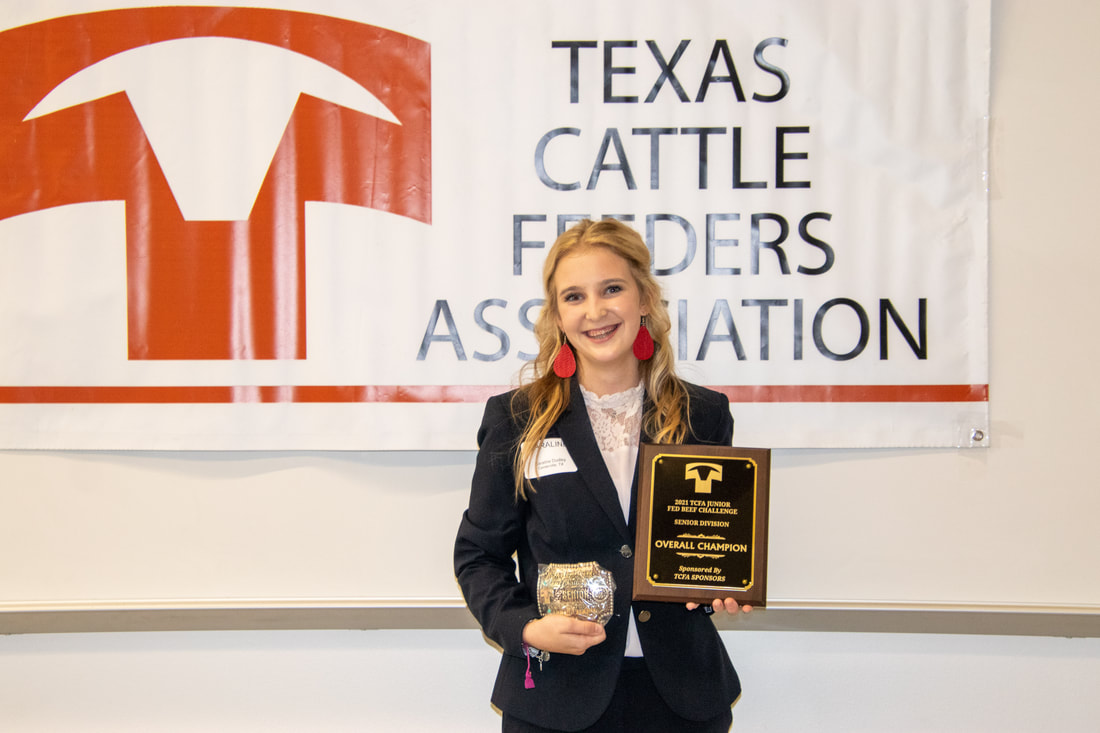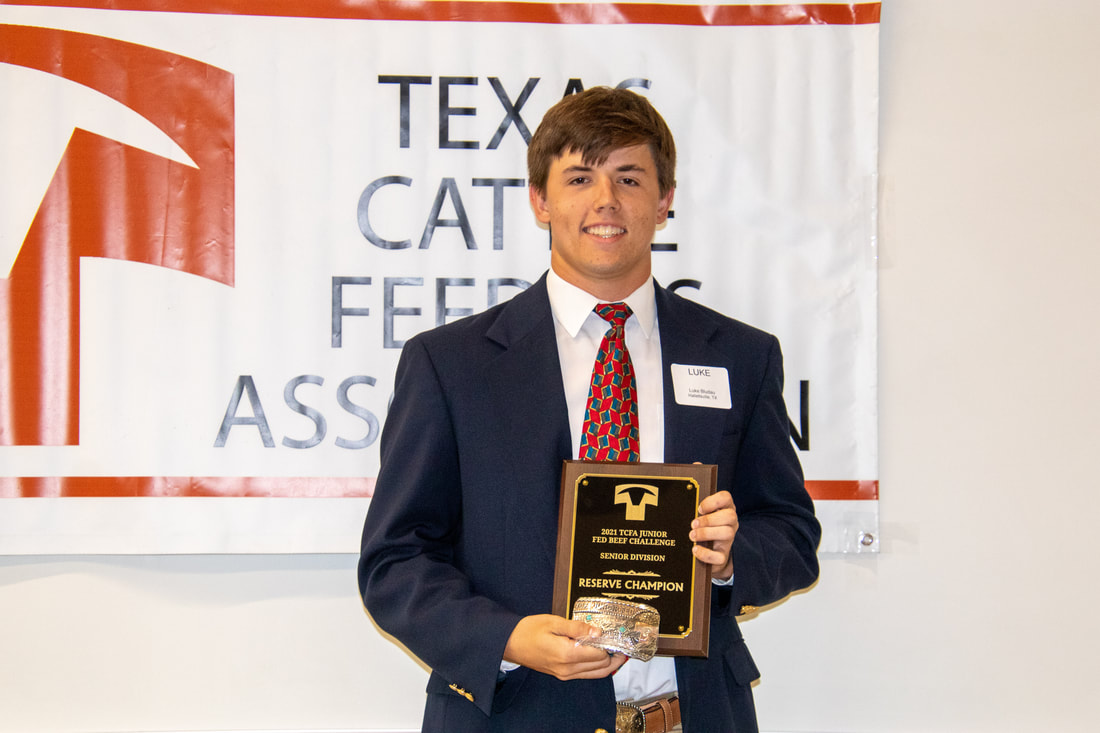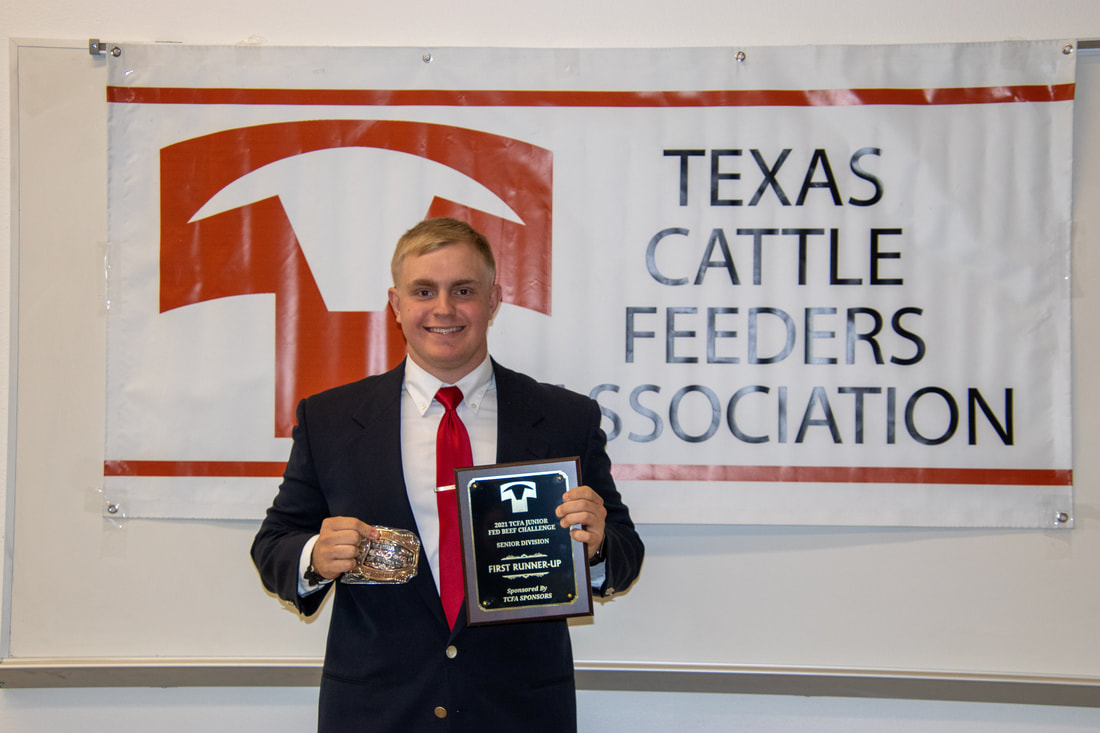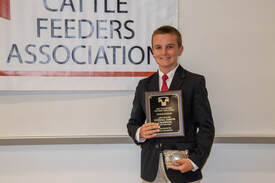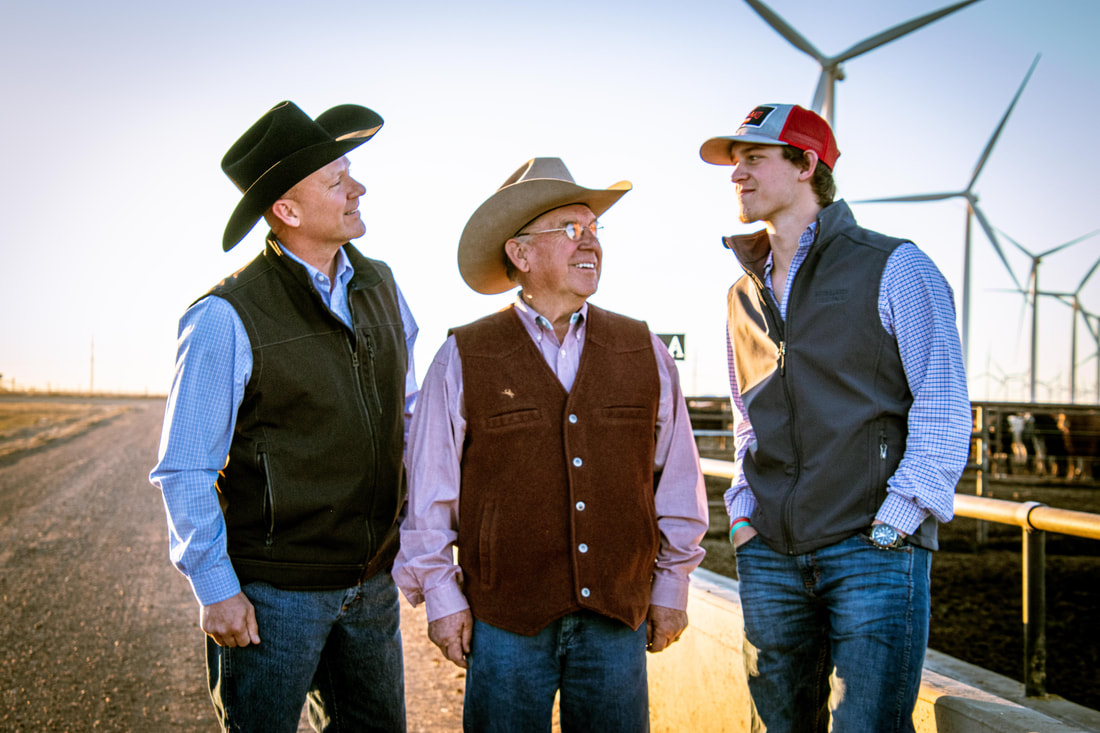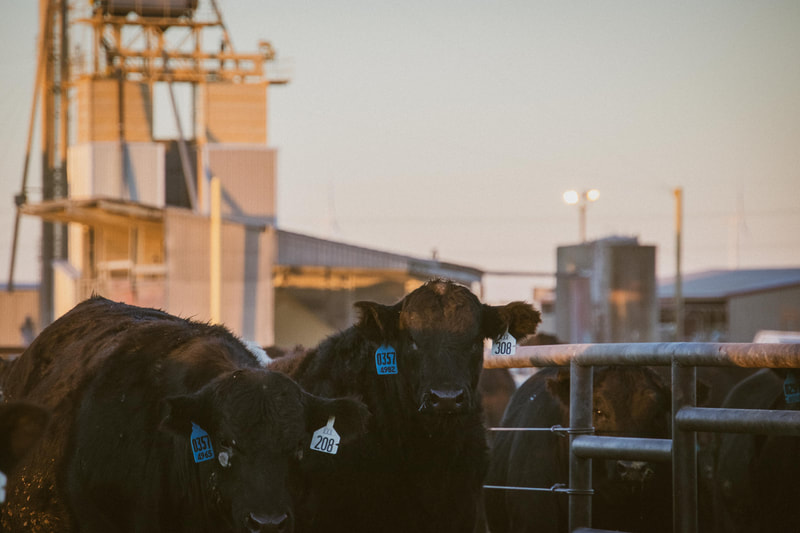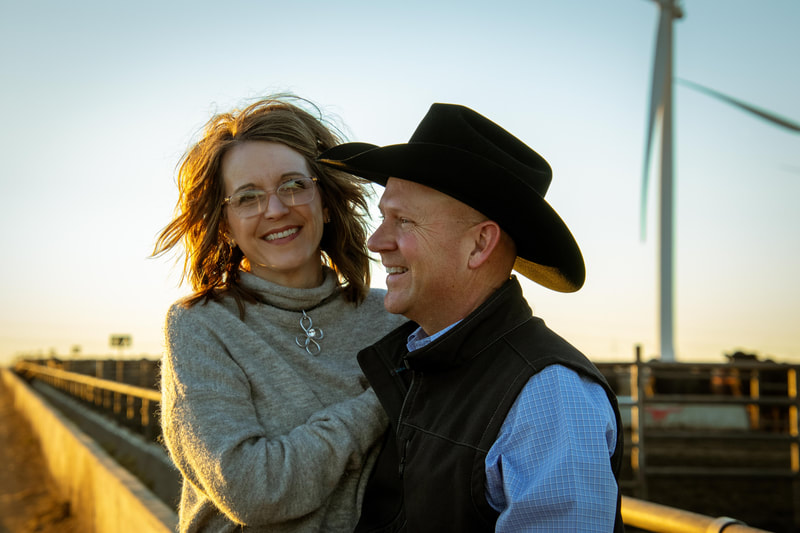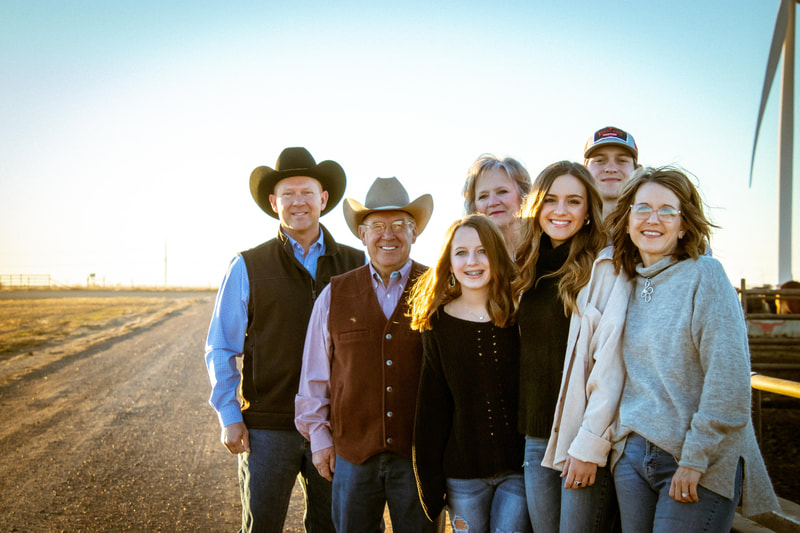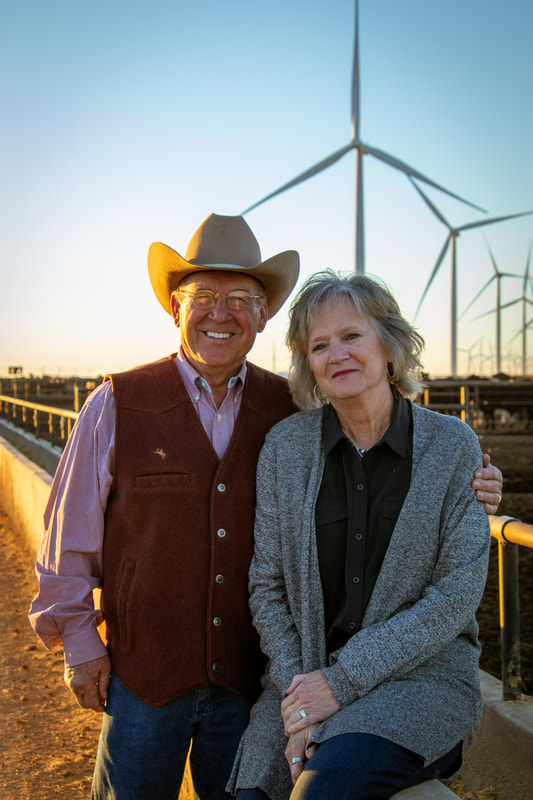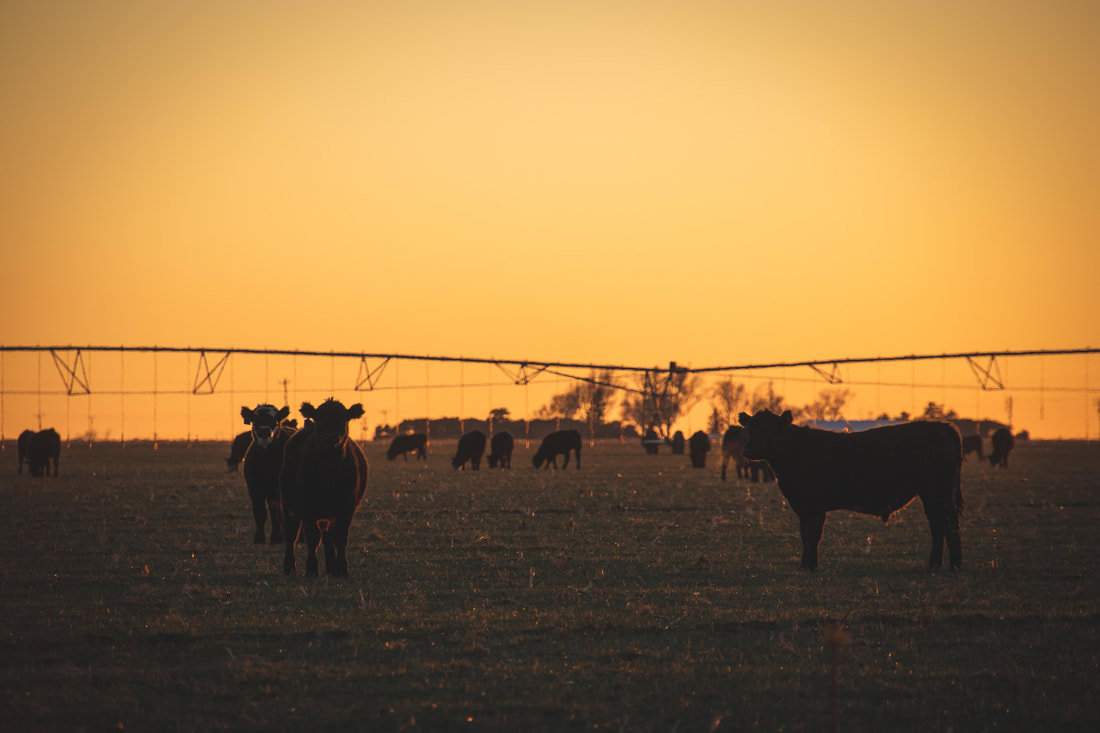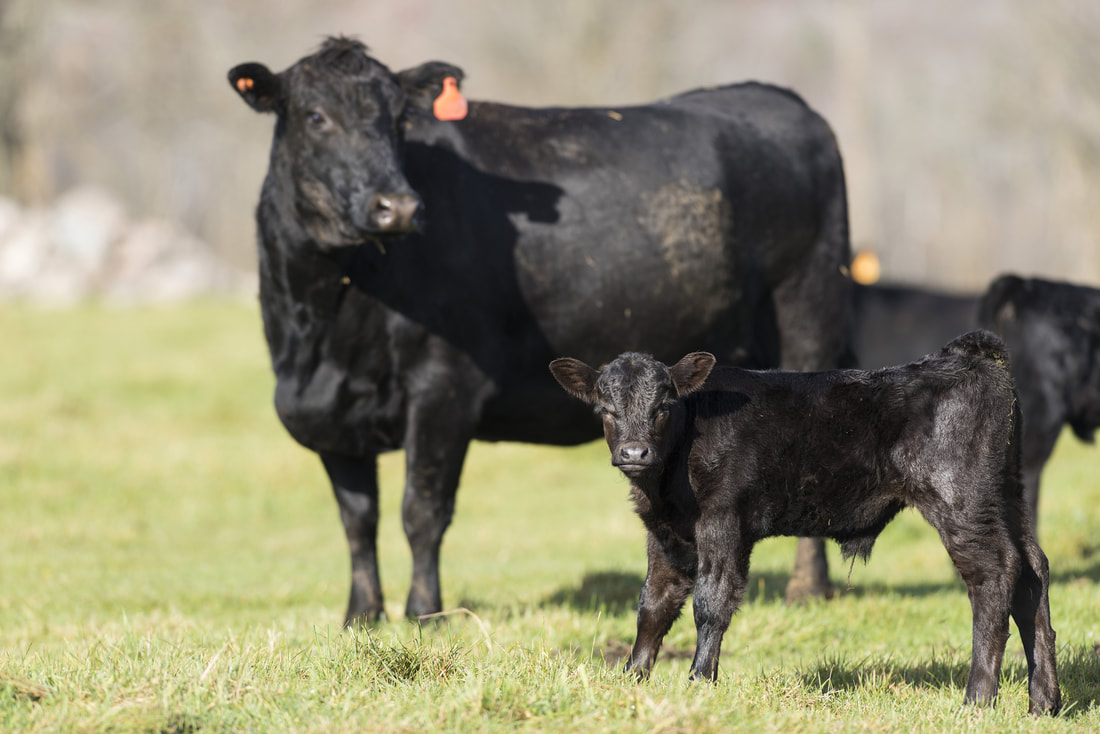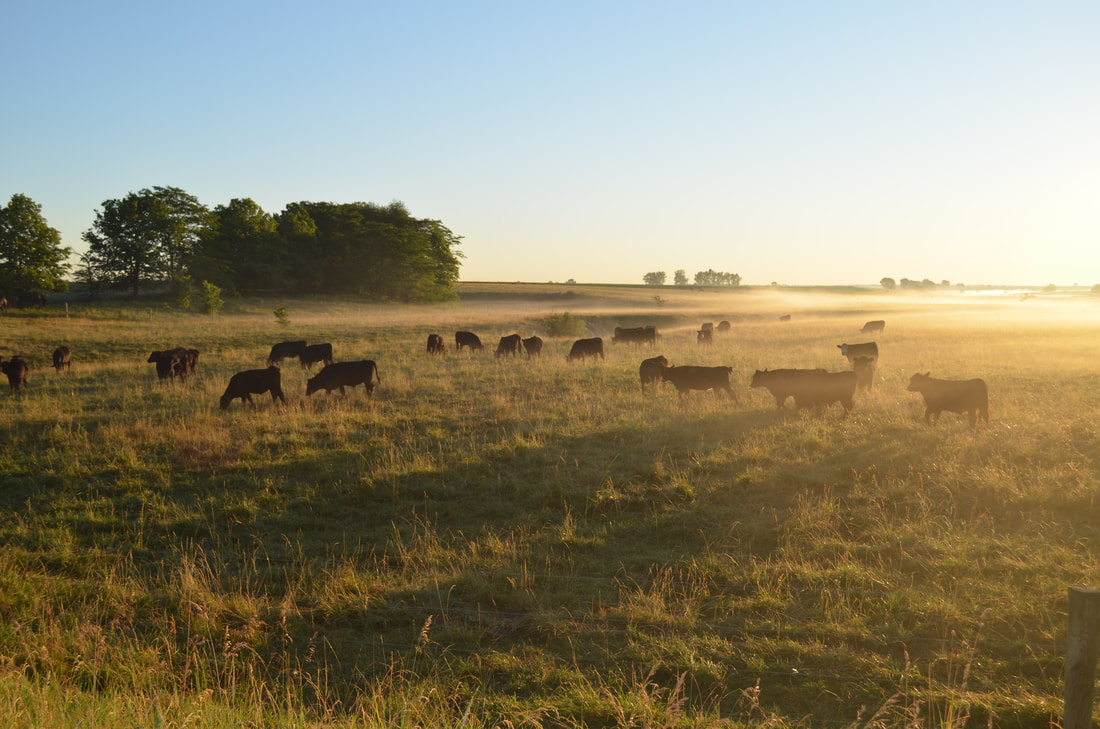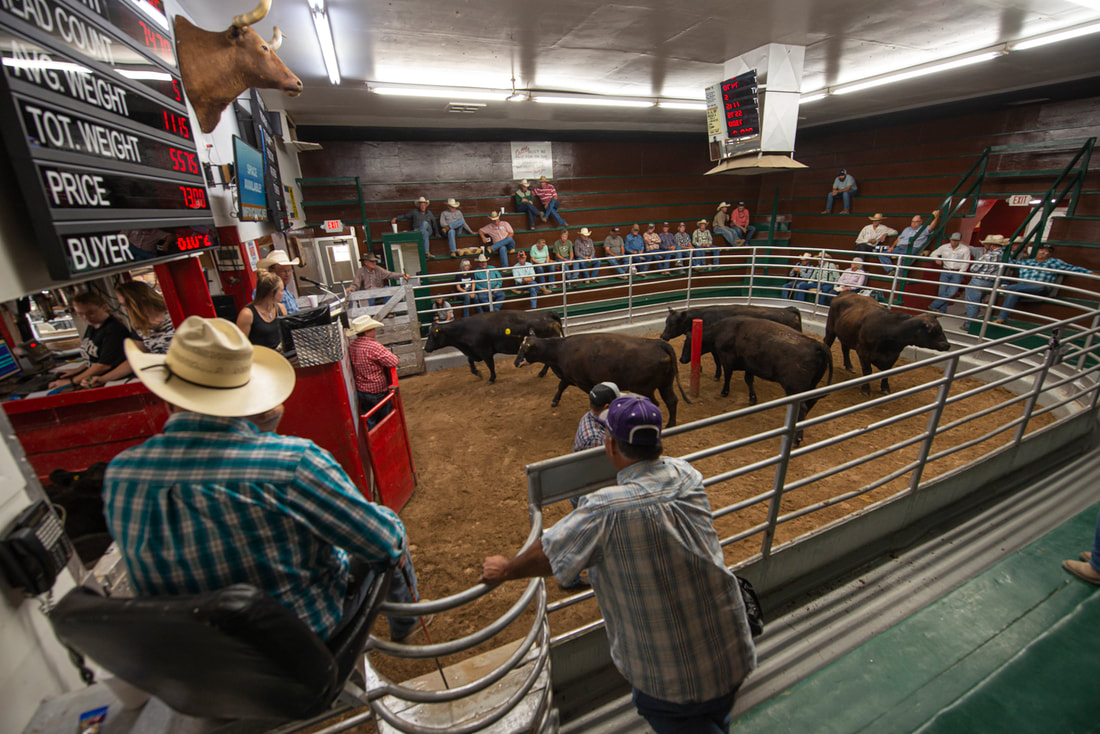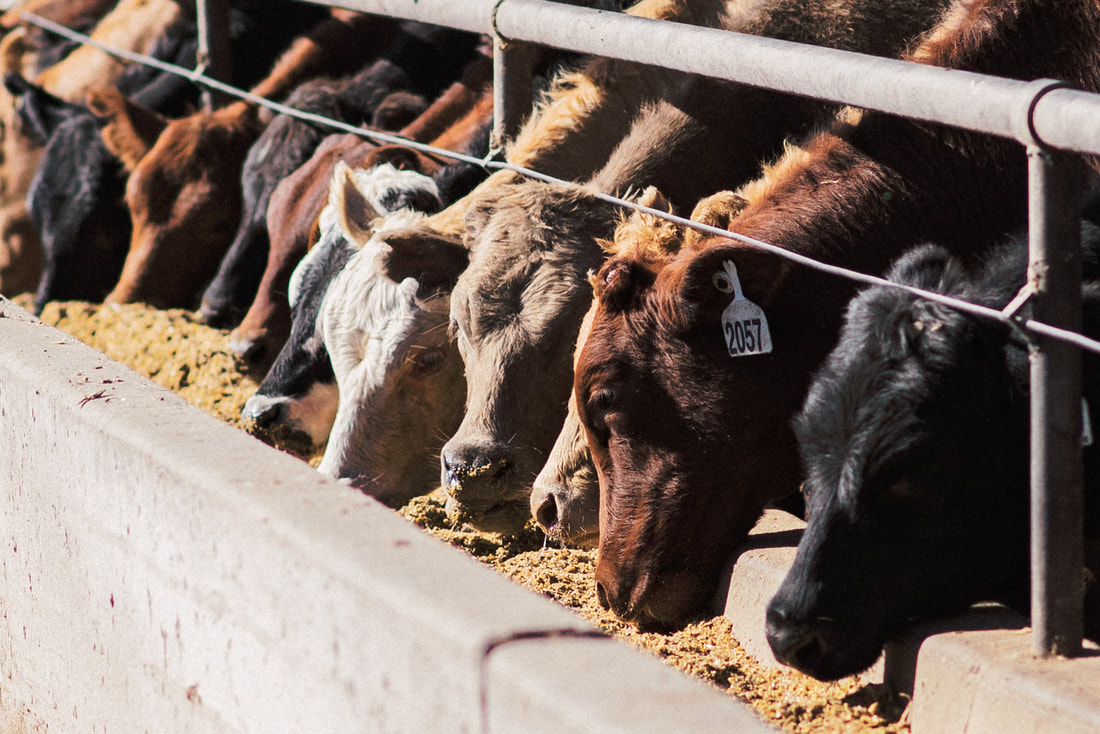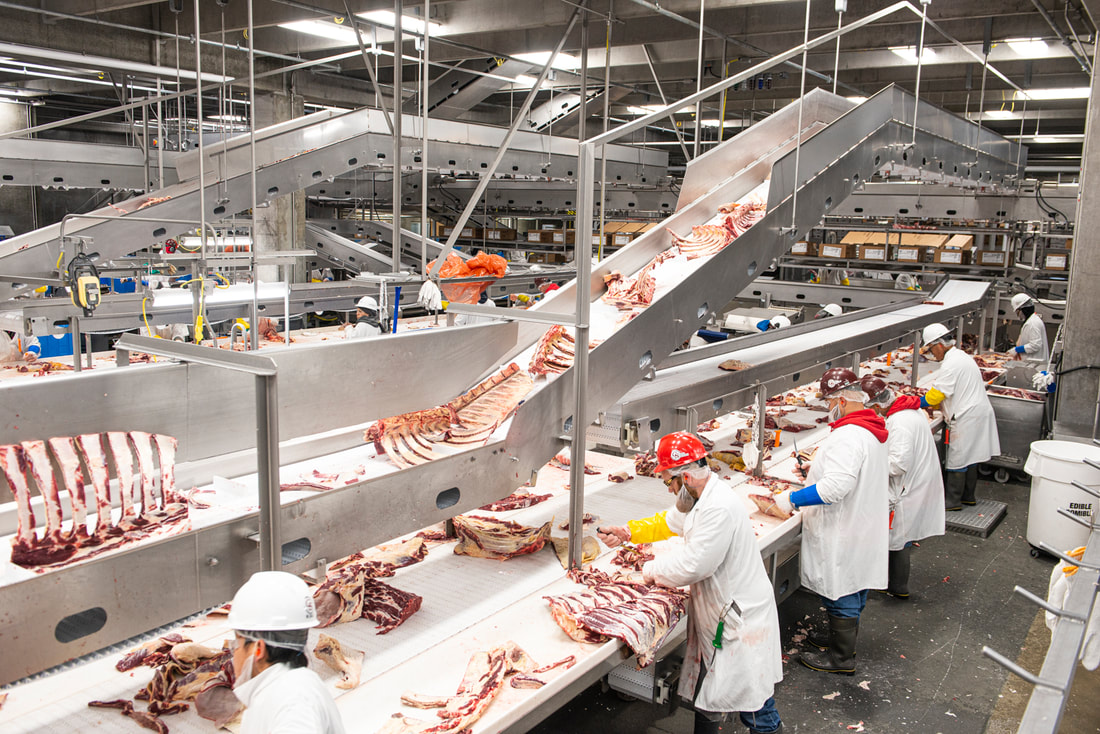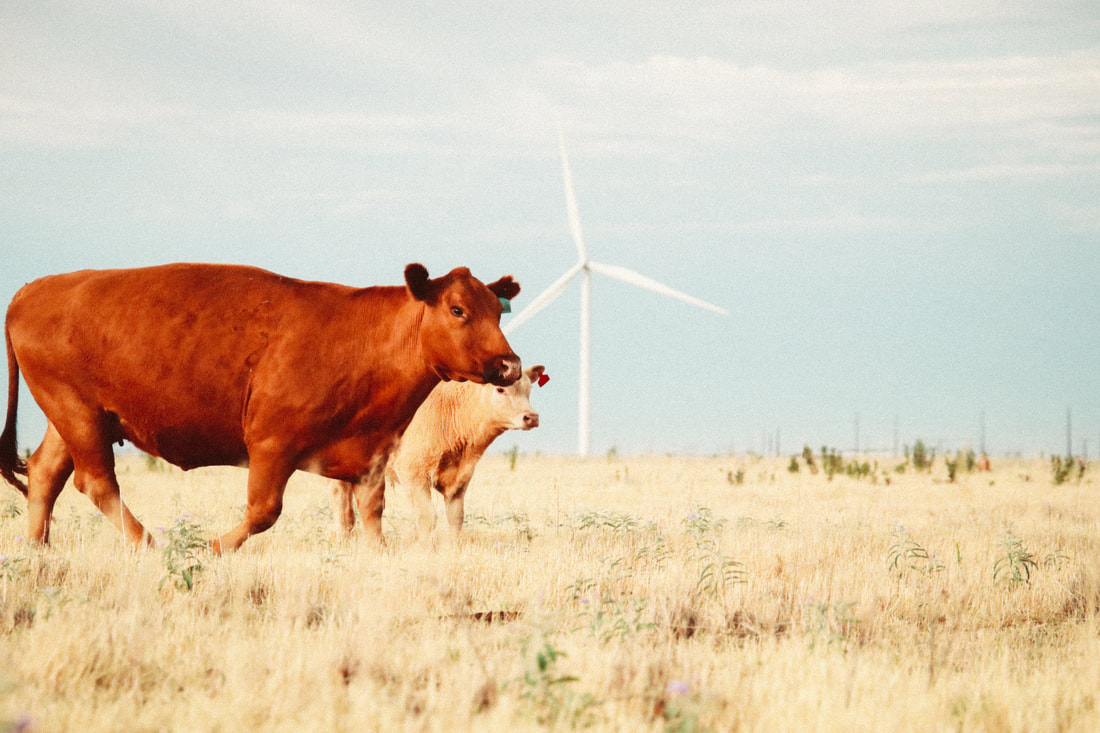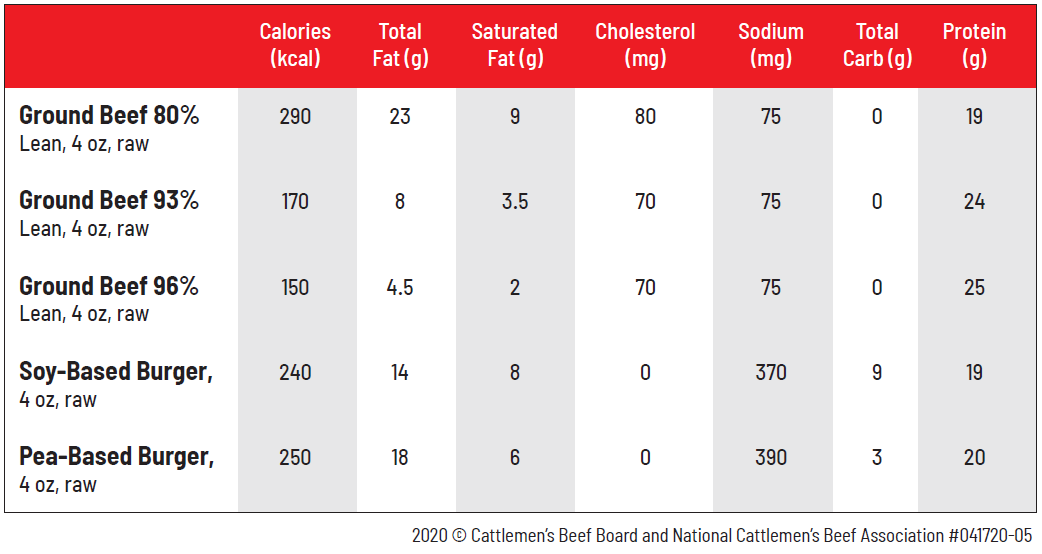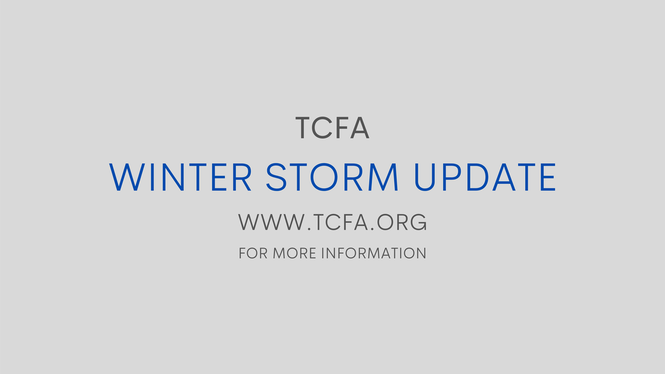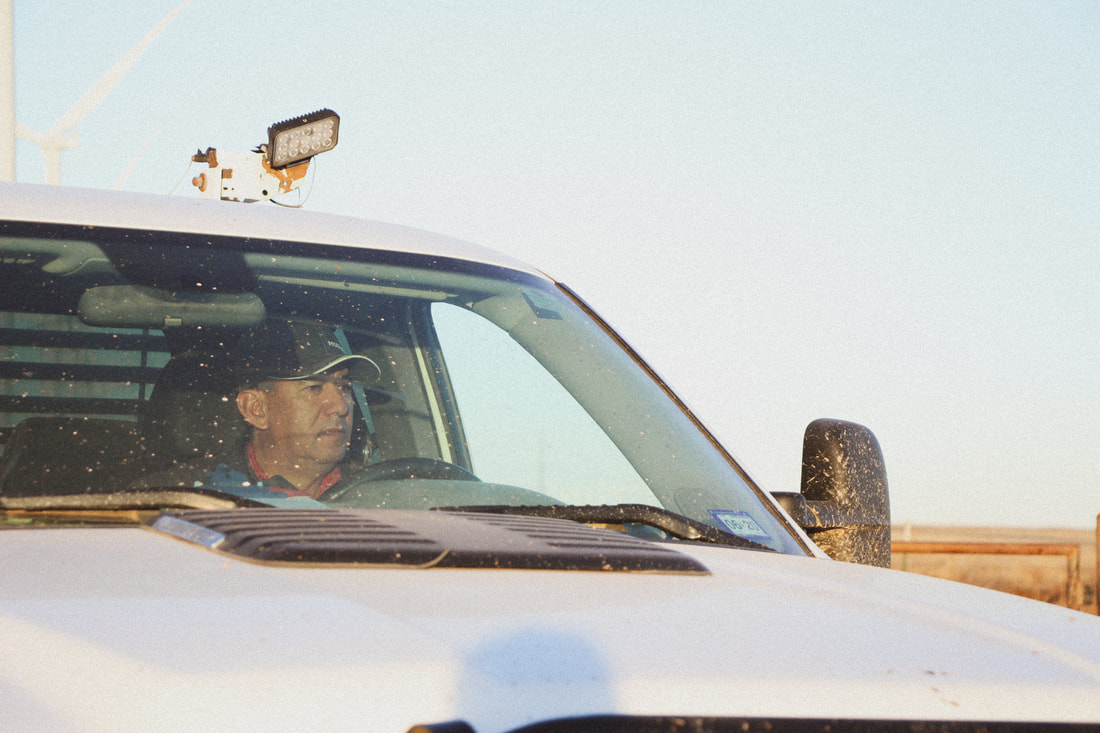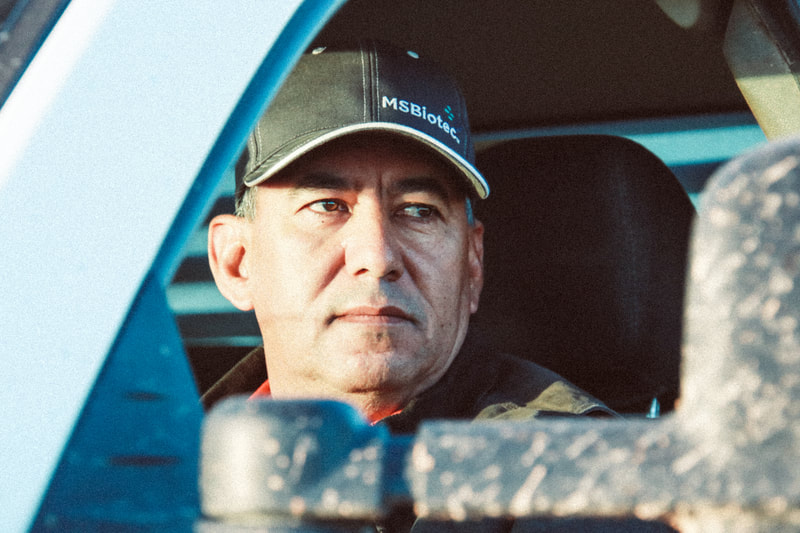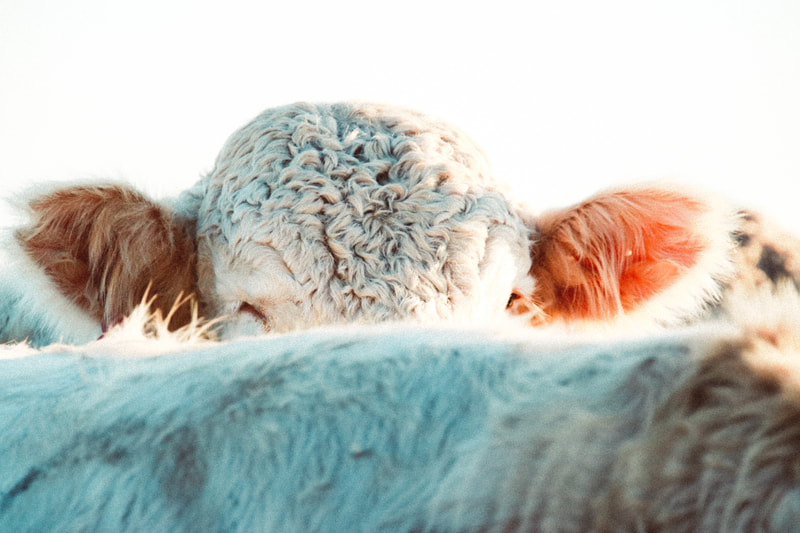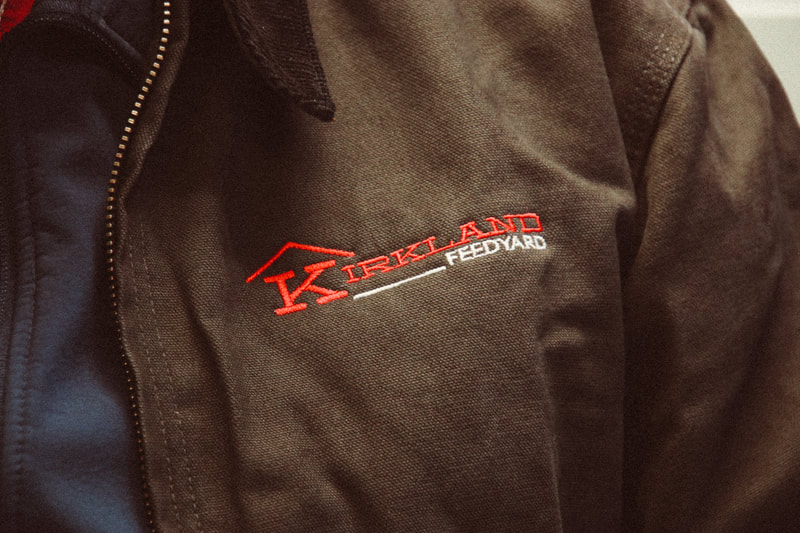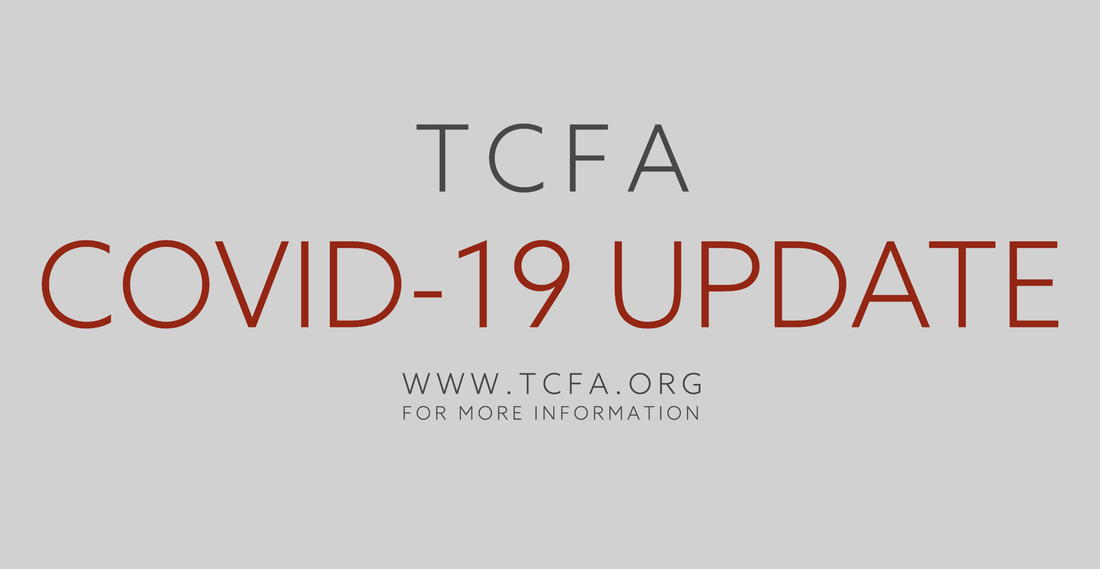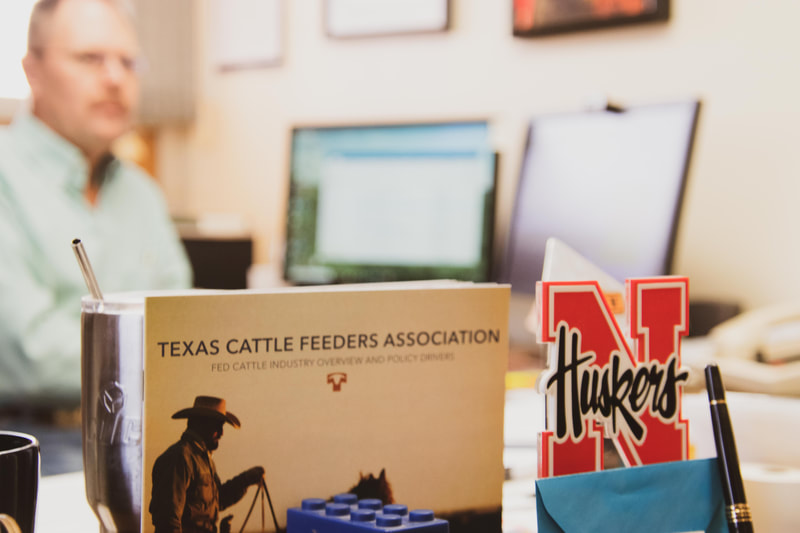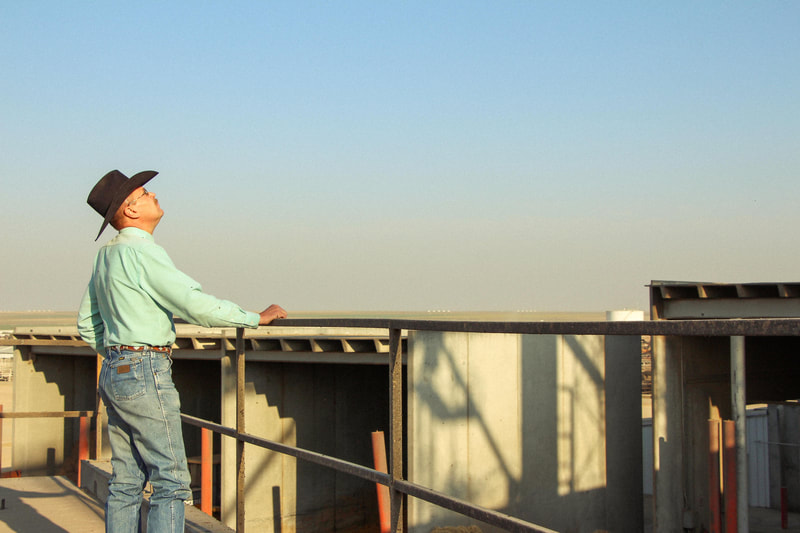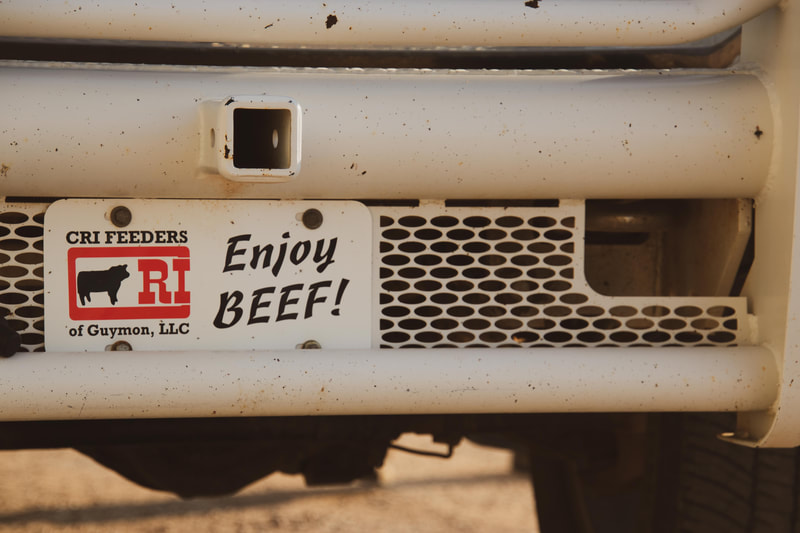|
Students from across the state made their way to the campus of West Texas A&M University on Friday, July 30, to showcase their skills and knowledge at the 2021 TCFA Junior Fed Beef Challenge.
This annual contest gives third-12th grade students the opportunity to gain industry knowledge and practical experience in commercial cattle feeding. Students feed a pen of three steers, take a written test and compete in interviews and oral presentations. Cattle performance points are also figured into the score to determine the winners. Students compete for a combined $20,000 in college scholarships along with trophy buckles and plaques.
The Senior Overall Champion of the contest and winner of a $5,000 scholarship was Caraline Dudley of Centerville. Senior Reserve Champion and winner of a $3,000 scholarship was Luke Bludau of Hallettsville. The First Runner-Up and winner of a $2,000 scholarship was Leroy Robert Stavinoha III of Eagle Lake.
In the Junior Division, Jake Ressler of Hallettsville was named the Overall Champion and received a $350 scholarship.
Senior Division: Best Written Exam
3rd Place Written Exam – Luke Bludau, Hallettsville; Emily Ecord, Pennington; Grant Kubala, Schulenburg; Kade Lawrence, Canyon 2nd Place Written Exam – Caraline Dudley, Centerville; Macy Lawrence, Canyon 1st Place Exam and winner of a $500 prize – Leroy Robert Stavinoha, Eagle Lake Senior Division: Best Interview 3rd Place Interview – Emily Ecord, Pennington 2nd Place Interview – Caraline Dudley, Centerville Best Interview and winner of a $500 prize – Kade Lawrence, Canyon Senior Division: Best Individual Carcass 3rd Place Individual Carcass – Brett Heitschmidt, Nazareth; Ryan Heitschmidt, Nazareth; Cade Parnell, Houston; Luke Bludau, Hallettsville; Landon Koehne, Schulenburg; Jett Long, Yoakum; James Golla, College Station; Emily Ecord, Pennington 2nd Place Individual Carcass – Alexis Whitely, Sanger; Ty Whitely, Sanger; Lane Golla, New Braunfels Top Individual Carcass and winner of a $500 prize – Clayton Stevenson, Earth; Brayden Smith, Blair; James Golla, New Braunfels Senior Division: Best Pen Steer Points 3rd Place Carcass Pen – Lane Golla, New Braunfels 2nd Place Carcass Pen – Clayton Stevenson, Earth Top Carcass Pen and winner of a $500 prize – Brayden Smith, Blair Senior Division: Top Rookie Award 3rd Place Rookie – Clay Aborn, Spearman 2nd Place Rookie – Emily Ecord, Pennington Top Rookie and winner of a $500 prize – Caraline Dudley, Centerville Junior Division: Best Written Exam 3rd Place Written Exam – Levi Golla, New Braunfels 2nd Place Written Exam – Kilian Leheska, Canyon 1st Place Exam and winner of a $250 prize – Alexandra Kelley, New Braunfels Junior Division: Best Presentation 3rd Place Presentation – Malley Ecord, Pennington; Levi Golla, New Braunfels; Kilian Leheska, Canyon 2nd Place Presentation – Emily Valicek, Houston Best Presentation and winner of a $250 prize – Jake Ressler, Hallettsville Junior Division: Best Individual Carcass 3rd Place Individual Carcass – Jenna Stevenson, Earth; Tilden Smith, Blair; Abby Ressler, Hallettsville; Rileigh Golla, College Station; Riggin Mosimann, Kim; Cash Cribbs, Fluvanna; Holly Ressler, Hallettsville; Sorrel Mosimann, Kim; Noah Preston, Abilene; Jake Ressler, Hallettsville; Cason Cribbs, Fluvanna 2nd Place Individual Carcass – Bailen Kocurek, Caldwell Top Individual Carcass and winner of a $250 prize – Wyatt Johnson, Panhandle; Baiden Beavers, Dalhart Junior Division: Best Pen Steer Points 3rd Place Carcass Pen – Cash Cribbs, Fluvanna; Cason Cribbs, Fluvanna; Noah Preston, Abilene 2nd Place Carcass Pen – Bailen Kocurek, Caldwell Top Carcass Pen and winner of a $250 prize – Tilden Smith, Blair Junior Division: Top Rookie Award 2nd Place Rookie – Emily Valicek, Houston Top Rookie and winner of a $250 prize – Holly Ressler, Hallettsville
Kirkland Feedyard
Perry, Robby and Carson Kirkland
Perry Kirkland said he knew nothing about feeding cattle when he began Kirkland Feedyard in 1983. In fact, he fell into the business by accident. He and his wife Melanie purchased land to expand their farm. The cattle pens came as a bonus.
It took some encouraging from his neighbors, but eventually, armed with determination, a pickup and buckets of corn, the couple made their start in the business. Perry said he quickly learned the harder you work, the more successful you could be. In those early days of the feedyard, securing financing was the biggest challenge. It was hard to get bankers to understand the bigger vision, Perry said. “It was really a struggle to grow from scratch.” But despite challenges, the yard grew from an 800-head, primarily preconditioning yard to a larger operation. “We finally bought a feed truck and continued to build and grow slowly as a one-man operation until 1995, when Robby came back and joined us.” Robby Kirkland was just out of college in 1995, and it wasn’t always his plan to come back to the family feedyard. “My dad was really good about saying, you know, there’s opportunity here,” he said, “but don’t feel obligated. You’ve got to know what you want to do.”
When Robby and his then-fiancé Amy made the decision to go all in, Robby learned how to do everything from riding pens, running the mill and shipping cattle.
“That probably taught me as much about feeding and feeding cattle as anything,” he said. “It allowed me to learn.” Together, Perry and Melanie, Robby and Amy have grown a successful custom feedyard with a strong and loyal customer base. Their customers rely on them to market and protect their cattle investment, and that’s a job they take pride in. It’s a reputation they hope to pass on to Robby’s son Carson. Carson, a freshman animal science major at Texas Tech University, plans to come back and work at the feedyard and continue the legacy of hard work and determination the family is known for. He said once he was old enough to realize what his grandpa and dad built, he knew he wanted to be a part of it. “I’ve seen my grandpa a month after his heart surgery, back working already,” Carson said. “And I’ve seen my dad coming in late at night and going to work early in the morning, and my Mimi and my mom, working right alongside them.” No doubt the feedyard life presents challenges. Finding and retaining a skilled workforce and marketing cattle are two of the most pressing issues facing the industry. These issues will likely be top-of-mind for cattle feeders long after Carson takes the reins. “The marketing aspect of the cattle is a real issue,” Perry said. “It was an issue when I was sitting behind the manager’s desk, and it’s an issue that will continue to need to be addressed in the future.” While Carson plans to keep the family business going, his sisters, Calleigh and Cydney, said the lessons they learned watching their parents and grandparents gave them the confidence to be successful themselves. Calleigh, now in her senior year at Texas Tech, is working toward a master’s degree in speech pathology. She plans to open her own practice. My family showed me that if I want to do something, I can go do it. Just like they did, she said. “I’ve watched my grandparents and parents work hard to become successful. They started from basically the bottom, and they worked hard.” Cydney, the youngest Kirkland, said that her family has shown her what hard work really means. “They are strong through it all. They’ve taught me to do lots of good things.” “It’s awesome to see the family business handed down, but more than that,” Robby said, “it’s awesome that the next generation wants to continue.” As anyone in the feedyard business will tell you, it takes more than hard work to be successful. “I’ve told them all that farming and agriculture is not a job. It’s a passion, and you have to have that passion to be a success,” Perry said.
Scott Anderson, TCFA Chairman
As Earth Day approaches, those of us involved in production agriculture would like to share our appreciation for taking care of the environment. Since our livelihood and future relies upon making sure we leave this earth better than we found it, we believe it is critical to share how serious we take our responsibility as stewards of the land and animals we care for.
There is a common misconception that U.S. agriculture, especially animal agriculture, is a major greenhouse gas contributor. However, from a holistic perspective, the U.S. agriculture and timber system is a net carbon sink. This means that, collectively, the system removes more carbon than it emits. In many countries’ forestland is viewed as reserve farmland to be cleared and used for food production when additional food resources are needed to feed a nation’s growing population. Because of the productivity of U.S. farmers and beef producers who utilize 800 million acres of range and pastureland, we as a country can preserve our forestland. Over the last 100 years we have added about 40 million acres of forestland in the United States. This was accomplished while also building 200 million more homes, feeding a population that is three times larger than it was in 1920, and exporting 15 to 20% of production. Yet, we are still a net carbon sink. A primary contributor to this productivity is the unique digestive system of a beef animal. Cattle consume grasses, forages and other food by-products and “up-cycle” them into a delicious, nutrient dense wholesome protein source for humans. In total, about 90% of what a beef animal eats is inedible by humans. Even a grain-finished beef animal in the U.S. generates 19% more protein for the human supply than it consumes. There is also talk about “cow burps” and their contribution to global warming. As the beef animal digests grasses and forages they eat, they expel methane. However, this biogenic methane is part of a carbon cycle that has been happening as long as ruminants have walked the earth. This cycle does not create any “new” carbon. The same carbon cycles from plant to animal to air and then through photosynthesis in the plant, CO2 is pulled out of the air back into the plant to be consumed by another beef animal next year. This cycle has been repeating for centuries. Beef producers in the United States are continuously looking for ways to manage their resources better and to improve the efficiency of their production practices. We produce 18% of the world’s beef with only 6% of the world’s cattle. That is producing more beef with less resources. The U.S. production model is the envy of the world. And we still work hard to make it better every day. As we celebrate Earth Day, please remember that every day is Earth Day for beef producers. Beef production is sustainable and part of the climate solution.
The beef lifecycle is a unique food production system. It takes anywhere from 1.5 to 3 years bring beef from pasture to plate. Top priorities for everyone in the beef supply chain include health animals, environmental care, and safe, nutritious, high-quality protein for consumers.
Panel of experts ask Texas lawmakers to keep misleading food labels out of the meat case.
Brandi Richards, fourth-generation rancher and owner/operator of Diamond Cattle Feeders in Hereford, Texas, testified before the Texas House Public Health Committee meeting Wednesday encouraging support of H.B. 316, a bill to ensure food labels of plant-based and cell-cultured tissue products do not wrongfully identify as meat products.
"Like most consumers, I strive to purchase nutritious food for my family. I review labels to determine which foods best support our nutritional needs, and I expect those labels to be truthful," Richards said. "Consumers deserve to know exactly what they are purchasing and consuming. Food labels should be clear and avoid any attempt to mislead, confuse or misrepresent what is included in a food product." H.B. 316, introduced by Rep. Brad Buckley (R-Salado), would consider food products misbranded if " any part of its labeling is false or misleading” and “the food includes a label stating "meat," "beef," "chicken," "pork," or any common variation of those terms, if the food does not contain the products listed on the label." The bill also defines meat as it pertains to food as, "any edible portion of a livestock carcass that does not contain lab-grown, cell-cultured, insect, or plant-based food products." In a recent survey of 1,200 Texas consumers, one in five of the respondents who had purchased a plant-based product indicated they felt misled by the labels noting that they thought the product contained real meat. The same survey also indicated that 71% of Texas consumers routinely examine food labels before making grocery store purchases. Additionally, 74% prefer to ban cell-cultured tissue and plant-based products from using words like meat, beef, chicken, eggs, or images of livestock on their packages if the product does not contain actual meat or eggs. Likewise, two-thirds of respondents in a recent national consumer study believed imitation products labeled as meat contained real beef or some form of animal byproduct. "The sole focus of this bill is to assure consumers, like me, that the labels on the food we purchase are truthful," Richards said. "This bill provides certainty that a package of beef is beef." Joining Richards in support of the bill were Shalene McNeill, Ph.D., nutrition scientist, registered dietician and past president of the Texas Academy of Nutrition and Dietetics, and Rhonda Miller, Ph.D., meat and consumer scientist and past president of the American Meat Science Association (AMSA). “Artificial product labels are misleading, whether it be ultra-processed plant-based or cell-cultured tissue,” McNeill said. “And this undermines the consumer’s ability to make reliable decisions about what they are eating. “The food label is one of the most sacred promises we have to maintain consumer’s confidence about their food choices. I can’t think of a food more important than meat to label truthfully and accurately,” she said. “Whether you are a meat eater or a vehement vegetarian, you want to know for sure if you are buying real meat or not.” According to McNeill, health professionals are increasingly skeptical and concerned that ultra-processed alternatives labeled meat may be detrimental to human health. “These products are not healthier,” she said. “They have added sodium and are higher in fat and calories than real lean beef. Foods are unique in their food offering, and no other food source offers the same nutrient mix. A three oz. serving of beef, for example, provides 10 essential nutrients, including high quality-protein, zinc, iron and B vitamins.”
Miller said that consistent labeling across federal and state agencies is crucial for consumer confidence in the food system.
Current USDA Food Safety and Inspection Service definitions for labeling of products that contain non-meat, protein-based materials provide standards of identity so that real beef products that do not contain non-meat ingredients have recognized names, such as ground beef or hamburger. But when non-meat ingredients such as plant-based materials are added, the final product cannot be called ground beef. Rather it must be called Ground Beef and Isolated Soy Protein, for example. "These regulations have been in place for an extended period, to protect the consumer, and have withstood the test of time," Miller said. "H.B. 316 is needed to protect and help educate consumers, increase their confidence and unify labeling declarations for cell-culture tissue and plant-based food products that are computing in the traditional meat space."
Winter weather continues to affect Texas, Oklahoma and New Mexico. The Texas Railroad Commission (RRC) issued an emergency order on Feb. 12 to prioritize the use of natural gas for human needs and operation of gas fired electrical generation. All other users of natural gas were advised to curtail use. On Feb. 17, the RRC extended the order through Feb. 23.
“The entire beef supply chain across Texas, Oklahoma and New Mexico has been affected by grueling weather conditions this week. Despite the harsh conditions, feedyard employees and cattle care remained a top priority. In addition to our challenges at the feedyards, packing plant closures and reduced processing capacity have also been significant challenges,” Scott Anderson, TCFA chairman, said. “Feedyards were fortunate that the weather was predicted in advance, and cattle feeders were prepared to adjust and pivot, as necessary. Feedyards were encouraged to scale back their use of limited natural gas and electrical resources in coordination with their energy providers and worked with commodity and fuel suppliers to ensure availability of critical inputs. Crews worked around the clock, sacrificing their own comfort, to keep equipment running, check on every animal and make sure feed and water stayed plentiful. These individuals kept feedyard operations running,” he said. Ben Weinheimer, TCFA vice president, noted for Farm Journal that cattle feeders immediately began consulting with nutritionists to ensure cattle health and well-being and initiated multiple conversations with state officials and gas companies to ensure animal safety. Additionally, Gov. Abbott waived oversize and overweight permits allowing critical infrastructure, food, water and supplies to travel on state highways. He also waived the state Hours of Service requirement. TCFA continues to communicate with the Texas Animal Health Commission, RRC, Governor’s office, the Texas Department of Emergency Management, and natural gas and energy companies. Sen. Kel Seliger (R-Amarillo), Sen. Charles Perry (R-Lubbock), Rep. Ken King (R-Canadian), Rep. Four Price (R-Amarillo) and Rep. John Smithee (R-Amarillo) have all been in close contact with TCFA to work through issues. In those conversations, TCFA emphasized the importance of restoring gas supplies to processing plants in our region as soon as possible to prevent extended supply chain disruptions like those that occurred during COVID. TCFA is working with Texas A&M AgriLife and the Ag and Food Policy Center to compile an economic impact assessment to document the impact this winter weather event has had on cattle feeders and other crop and livestock producers. The information will be provided to elected officials and state agency representatives to emphasize the urgency of much needed improvements in energy infrastructure. Cattle producers may also be eligible for emergency assistance from USDA through programs that are administered by the Farm Service Agency (FSA) such as the Emergency Assistance for Livestock Program (ELAP), Environmental Quality Incentives Program (EQIP) and the Livestock Indemnity Program (LIP). A summary of disaster assistance programs available to producers impacted by winter weather is available here. A more comprehensive summary of FSA disaster assistance programs can be found here. Producers should contact their local FSA office for more information.
From pen riding to working in the mill or driving a feed truck, there is little Luis Garcia hasn’t done at Kirkland Feedyard. A jack of all trades, Garcia’s days can differ. But one thing is steady: his first responsibility is to manage the feed bunks. It’s a crucial job he takes great pride in.
“My job is to look at the bunks every day before the feed trucks go to the bunk and see what I need to do to adjust the feed,” Garcia says. “I want to know for sure these cattle have enough feed in the bunks.” If feed is left in the bunks, Garcia makes sure it is cleaned so no mold accumulates. Garcia’s love for cattle care stems from his upbringing on his family’s farm and ranch. He has worked at the feedyard since 1983 and understands that successful cattle feeding begins with proper cattle care. “We want to be sure cattle are fed right,” he says. Managing feed bunks, or calling feed, is essential to an efficient feedyard. The process ensures cattle are delivered the right quantity and quality of feed every day to minimize variation. A successful bunk manager must be observant, responsive and above all else, understand the cattle in their care. Garcia fits the description to a tee. “I love the animals. I like to take care of them, like myself,” he says. “I do my best to do anything for the cattle and for the company, too.”
Yesterday the House released details of a $1.4 trillion FY21 omnibus and $900 billion COVID-relief package. It is TCFA's understanding that both chambers intend to clear the stimulus bill, which will be paired with the year-end spending measure, by midnight when the latest CR is set to expire.
Below are some high-level details on key provisions of relevance to cattle producers. Full text of the COVID agreement can be found here, and a summary of all agriculture provisions can be found here. Several of the provisions listed below have been priorities for NCBA since the start of the pandemic and were ultimately included as a direct result of our advocacy efforts on capitol hill. COVID provisions: Includes $11 billion for USDA’s Office of the Secretary to prevent, prepare for and respond to coronavirus by providing support to agricultural producers, growers and processors. From this amount, the Secretary:
CFAP for Cattle Producers – As mentioned above, the bill provides additional assistance for cattle producers impacted during the height of the pandemic. The mathematical formula for determining the cattle payment is as follows: Slaughter/Fed cattle, Feeder cattle +600, Feeder cattle -600:
Slaughter/Mature cattle and All Other Cattle:
To ensure assistance more closely aligns with actual losses, USDA is required to make supplemental CFAP 1 and CFAP 2 payments, subject to available funds, not to exceed 80% of losses, notwithstanding payment limits, and broadening agriculture income for AGI purposes to include agricultural sales, including gains, agricultural services, sale of agricultural real estate and prior year net operating loss carry forward. Grants for Improvements to Meat and Poultry Facilities to Allow for Interstate Shipment – The bill provides $60 million to make facility upgrade and planning grants to existing meat and poultry processors to help them move to federal inspection and be able to sell their products across state lines. The bill also requires USDA to work with states and report on ways to improve the existing Cooperative Interstate Shipment program. This is a modified version of the RAMP UP Act, spearheaded by NCBA earlier this Congress. Meat and Poultry Processing Study and Report – The bill requires a report on the availability of financing for new and existing meat and poultry processing capacity. PPP Tax Deductibility – The bill specifies that forgiven Paycheck Protection Program (PPP) loans will not be included in taxable income. Additionally it clarifies that deductions are allowed for expenses paid with proceeds of a forgiven PPP loan, effective as of the date of enactment of the CARES Act and applicable to subsequent PPP loans. The bill also includes $284 billion in a second round of PPP loans and simplifies the forgiveness process for loans under $150,000. Statutory Dealer Trust – The bill establishes a Federal livestock dealer trust, similar to the Packer Trust. Note, this provision is identical to the Securing All Livestock Equitably (SALE) Act of 2020. FY 21 Omnibus:
Please note that we are reviewing the 5,593 package but believe the above covers the bulk of relevant cattle industry provisions. As always, please do not hesitate to reach out with questions or additional information. 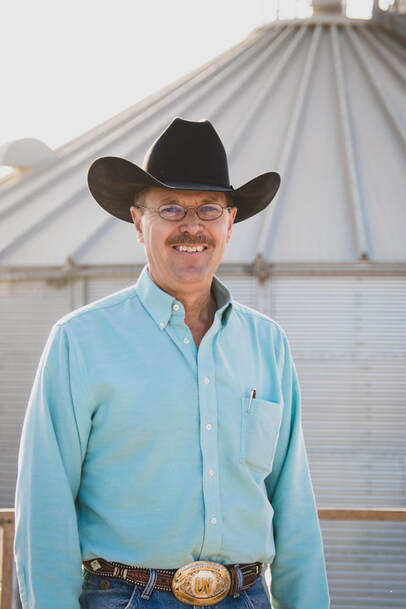
Scott Anderson, the 2021 TCFA Chairman, has always been up for a challenge. In 1989, when Anderson was invited to take part in management of CRI Feeders in Guymon, Okla., the company was running, but needed a lot of work.
“We were trying to rebuild the place and do all kinds of things,” he said. “We would spend some 15-, 16-hour days, be totally worn out, but ready to come back the next day and work through the challenges.” The challenges were difficult but rewarding. Today, CRI Feeders is a successful performance-oriented, customer-cattle focused feedyard. The goal is to provide an unmatched level of care and service for their customer’s livestock and do so by respecting customers and employees with integrity. Anderson’s love for the industry is attributed, not only to the challenges it poses, but also to the people who work alongside him, both inside and outside the feedyard. “The people are one of the best things about this industry,” he said. “There’s a cooperativeness that parallels the competitiveness between different feedyards. That is fun and challenging.” Anderson grew up in Blair, Neb. His family owned a diversified livestock and grain farm. He showed his first bred heifer in 1973 through his county 4-H program and continued to show both cattle and pigs every year until graduation. “The sows graduated from the farm at the same time I did,” he laughed. Anderson later attended the University of Nebraska where he earned a bachelor’s degree in animal science and a master’s in ruminant nutrition. In the summer of 1986, he left Nebraska and moved to Kansas to work at the K-State research feedlot. After a year as a sales nutritionist, he was offered the job of assistant manager at CRI. Ten years later, Anderson left the yard to work for a technology company that focused on feedyard cattle, but it wasn’t long before another Guymon area feedyard approached him to take over the manager job. In 2004, CRI wanted Anderson back, and he has been there ever since. The industry has evolved since then and will certainly evolve again, a challenge that is not lost on Anderson. “At one time we thought we were a mature industry, but it just continues to evolve,” he said. “For instance, we looked back at old showlists from the late 80s and early 90s. Back then we’d trade cattle two or three times during the week, and there would be a $2 to $4-$5 range in what those cattle brought. Each week all the packers came out and it was competitive. However, the emphasis then was to get them good enough to sell and roll them as we quick as we could.” By the end of the 90s, that had shifted, he noted, but there were reasons for that. Early on the industry focused on domestic demand and a shift to higher-quality, griddable cattle followed. “Today, it is a global market and we must look at so many factors, like how the U.S. dollar is trading and what is happening around the world,” he said. “It’s a completely different ballgame.” According to Anderson, continuing to perfect how to market cattle is one of the industry’s biggest challenges, but he is confident there will be solutions, and that optimism is necessary considering the many challenges the industry must tackle. NCBA’s negotiated trade working group, on which TCFA’s Chairman-Elect Kevin Buse serves, is developing a plan to address the appropriate level of negotiated trade to achieve price discovery. “We must and will find an industry-led solution so Congress and USDA don’t eliminate a feeder’s choice on marketing cattle,” he said. “Today, the beef industry is facing several issues that impact our future, and quite frankly, the sustainability of our collective business,” he said. “As producers, we are proud of our independent nature. That liberty has allowed us to explore and innovate new ways of adapting our production practices to fit the wide range of resources available in our specific geographical regions,” he said. “And because of this, the U.S. beef production system is the envy of the world in terms of efficient production and consistent, high-quality, wholesome beef. This freedom has created a wide array of successful business models across the regions.”
But, as Anderson noted, the industry still produces and markets the majority of product as a commodity, and those channels are very subject to the influences of supply and demand and the inherent volatility of the free market.
“We have weathered market-moving events many times in our history,” he said. “Those events are usually short lived, and the market adjusts. But during the last 12 months, we have experienced two major mark-moving events within a compact time frame that have compounded losses.” While the Holcomb fire in August 2019 had a somewhat predictable path to resolution, COVID-19 is unlike anything the industry has seen before. “Consequently, volatility continues to complicate the market’s ability to correct itself,” he said. Adding to those challenges is marketing to a consumer that is not familiar in any way with how beef is produced. Those consumers ask good questions about production practices based on what they read or hear. Sometimes that raises doubts in their mind about beef production. “Supporting and growing our domestic demand hinges on how well we communicate with our customers and answer their questions,” he said. “We also must answer questions for our global customers.” Exports add an additional $350 of value per head. Maintaining current export markets and related carcass value is a priority, and also presents opportunity for growth. “Our sustainability as an industry relies on our ability to maintain, and grow, both domestic and export demand,” he said. Another key element to keep the industry successful well into the future is access to motivated, qualified employees. “Attracting talented people into our industry has never been more important,” Anderson said. “This is the biggest challenge we have outside of marketing our product. We must cultivate the talent and help people understand that there is a very viable career path in the fed beef industry. “Working in a feedyard should be considered destination employment rather than default employment,” he said. This is a challenge for which TCFA is actively seeking better solutions, one of the many services that make the Association so incredibly valuable. “The services the Association provides to support the industry are phenomenal,” Anderson said. “There are so many, and especially for independent yards, like ours, to have employee safety, BQA, HR and environmental resources at your fingertips is such an asset.” Ross Wilson, president and CEO of TCFA, said Anderson is focused, deliberate and thoughtful in his efforts to do what is best for the industry. “He continues to look for ways to better the industry,” Wilson said. “He’s determined, a required skill for any feedyard owner in this climate, but particularly important for those brave enough to lead.” It is important to note that, while Texas Cattle Feeders Association bears the name Texas, the membership is comprised of feeders and feedyards in the three-state region of Texas, Oklahoma and New Mexico. “Leaders from all three states play a huge role in improving the industry,” Wilson said. Anderson’s influence and respect does not end in the three-state region. He has served the industry on a national level through his role as Secretary/Treasurer of the U.S. Roundtable for Sustainable Beef and on the Board of Directors of the National Cattlemen’s Beef Association. “Scott is dedicated to the industry he loves,” Wilson said. “He’s volunteered his time to better the entire industry, and that is not a simple task when you’re also running a feedyard.” No doubt Anderson has tenacity. Beginning in 2012, he made the decision to pursue a three-year quest toward a Ph.D. in business administration and organizational behavior, but he didn’t step back from his role at the feedyard. “Scott did both,” Wilson said. “That says quite a bit about his determination and work ethic.” It is a good thing Anderson prefers a challenge and that he is determined to meet it. What 2020 taught us is that no challenge is off-limits, and it will take a steady hand to lead the cattle feeding industry through these uncharted waters. |
Categories
All
Archives
June 2024
|
About TCFA |
Get Involved |
|

